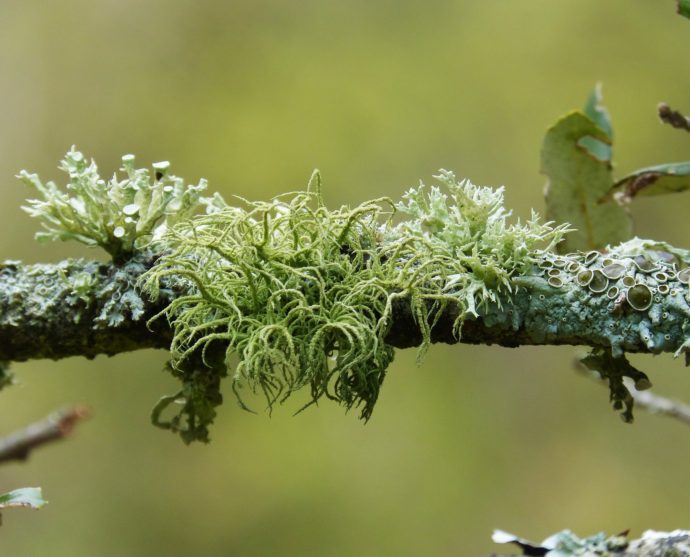Microbes, also known as microorganisms, are amongst the most numerous and the most diverse creatures on the planet – they are everywhere. They were also the first organisms on earth. Microbes are microscopic which means they are invisible to our eyes, but we can see them if we use a microscope. Microbe species names are written in italics. All unicellular (single-celled) organisms are microbes but some come together to form multicellular complexes. The most common types of microbes are bacteria, fungi, viruses, archaea, protozoa, and algae but other microbes also exist.
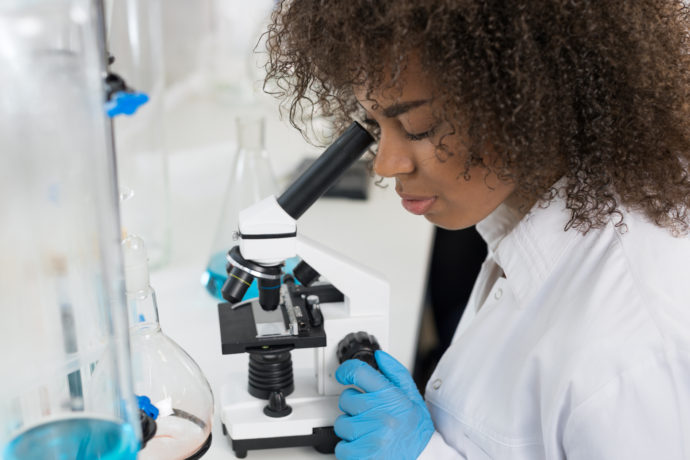
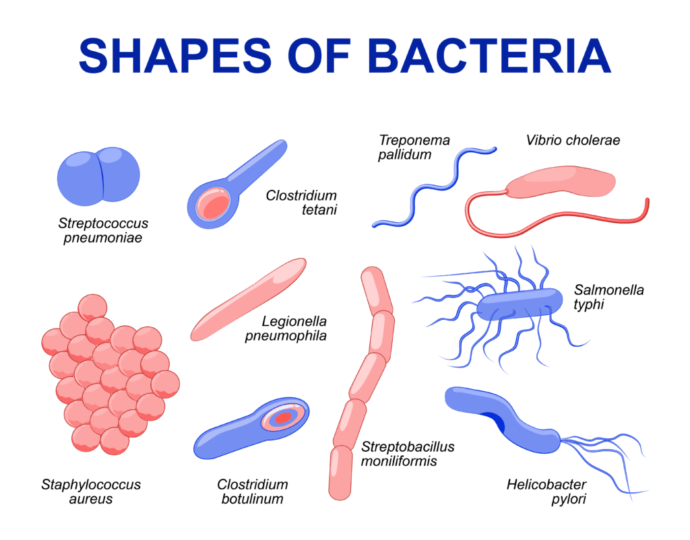
Bacteria
Bacteria are tiny single celled organisms which come in many shapes and sizes such as rods or spheres or spirals. They can reproduce inside or outside of the body by splitting into two. After twelve hours one bacteria can grow and divide into 70 billion. Most bacteria are not harmful to humans and perform useful roles such as help break down our food in the gut and defend us from infection. They can also help us make food such as bread, cheese and chocolate. Some bacteria can be very harmful, even if there are just a few and others are harmless unless they grow to large numbers or get into the wrong place in your body. Antibiotics are used to prevent bacterial infections but many bacteria are now becoming resistant. This is very worrying as it means some infections can no longer be treated.
Fungi
Fungi can live as single cells or large multicellular organisms. There are three main types of fungi; moulds, yeasts and mushrooms. Moulds are multicellular filamentous structures that often grow on food where they absorb nutrients and some can produce harmful mycotoxins. They also have important roles in breaking down waste and nutrient cycling. Moulds can produce spores with resistant coats that can allow them to survive for long periods of time in the environment and be spread by air currents, rain or insects. Some moulds are used to make antibiotics to treat bacterial infections. The first antibiotic to be discovered is produced by a mould called Penicillium notatum.
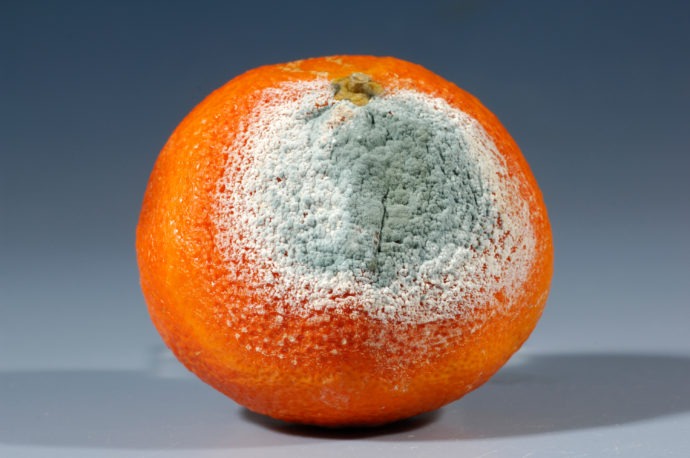
Yeasts can also be very useful and are regularly used in baking and making alcoholic drinks. Yeasts such as Candida albicans can cause opportunistic infections, which can be serious in people with compromised immune systems. Fungi that produce mushrooms are also known as macroscopic filamentous fungi. Mushrooms are fruiting bodies that contain spores and they are connected to a branched structure underground, known as a mycelium.
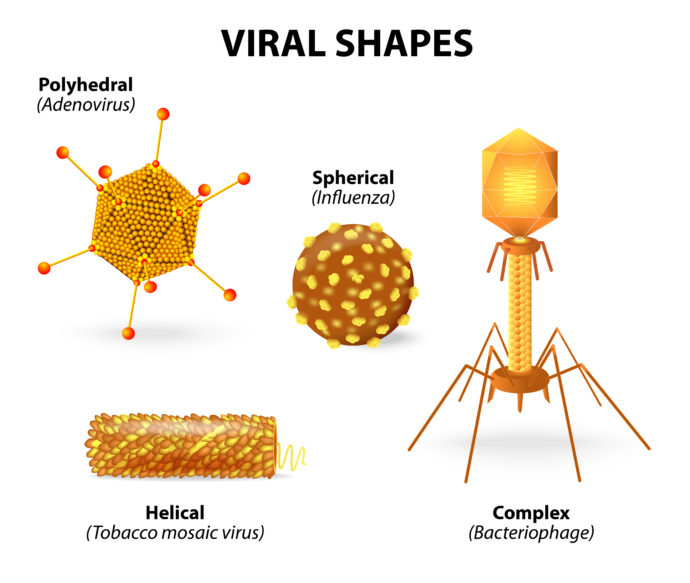
Viruses
Viruses are made of proteins and DNA or RNA and have no cells of their own. Viruses invade and “live” inside other living cells, known as host cells. Viruses do not fulfil the seven characteristics of life (nutrition, respiration, sensitivity, reproduction, growth, excretion and movement) and cannot reproduce themselves; they need the help of the cell they live in. Some viruses can survive outside a host for long periods of time. They are the smallest of all the microbes and have many different sizes and structures. Viruses can be very harmful and are responsible for many diseases including COVID-19, AIDS, Flu, Measles, Mumps, the common cold and some types of foodborne disease. Some viruses can infect other microbes.
Protozoa
Protozoa are more closely related to animals than other microbes. They are believed to descend from the first forms of life; the word Protozoa means “first animals”. Like animals many Protozoa eat other living things such as bacteria and often have structures to help them move around. Protozoa like moist conditions and can be found in water, blood and faeces. Drinking water must be cleaned thoroughly to remove them or they can make humans and animals very ill. In tropical countries some mosquitos carry the protozoan Plasmodium and a bite from an infected mosquito can cause the serious illness malaria. Other protozoa can be transmitted by ticks, including Babesia. Some Babesia species can be zoonotic (transmitted from animals to humans) and have been found in the UK. Protozoa have different life cycle stages and the stages that involve feeding are often called trophozoites. Cysts are another stage, which have thicker walls or membranes. If the parasite is to survive for long periods outside a host, these walls can be very resilient to allow the cysts to survive.
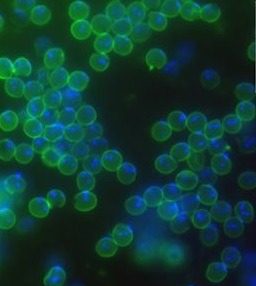
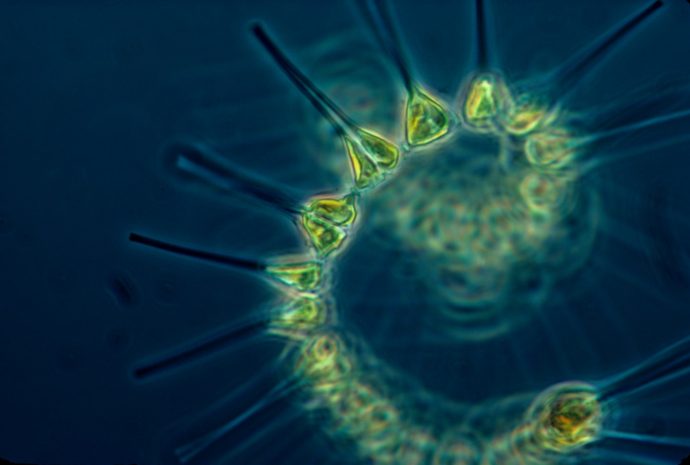
Algae
Algae do not have a common ancestor and the term algae is informal, including distantly related organisms. One feature that most algae have in common is that like plants, they can perform photosynthesis and therefore generate their own food. A pigment called chlorophyll is used for this process and as chlorophyll is green, many algae have a green appearance. This property is very important as photosynthetic microbes produce more than 50% of the oxygen on the planet. Algae such as plankton support marine food chains and are the foundation of life in the oceans and seas. They are generally aquatic although if there is enough moisture, some can live on rocks, soil or vegetation. Algae can also exist as single cells or as a larger complex such as seaweed. “True” algae are eukaryotes but blue-green algae are actually bacteria called cyanobacteria. This type of algae often overgrows in ponds in warm weather and can be toxic to people and animals.
Archaea
Until the 1970s, people thought that the archaea were bacteria but they were discovered to be an entirely different life form. Archaea exist everywhere, including your skin, mouth and gut but as yet, no archaeal species appear to be pathogenic (disease causing). They are sometimes known as extremophiles as they can tolerate conditions such as high salt concentrations, high pressures and extreme temperatures, where other life forms cannot survive. Extreme environments where they have been found include hydrothermal vents on the ocean floor, hot springs and sea ice. A species of archaea called Methanosarcina rumen is found in the rumen of cattle, sheep and other ruminants. This microbe produces methane, a greenhouse gas which contributes to global warming.

Other types of microbes
There are many other types of microbe. Scientists are continually discovering more and more about life on the planet including how closely related organisms are to each other. Because of this, organisms are often re-classified into different groups.
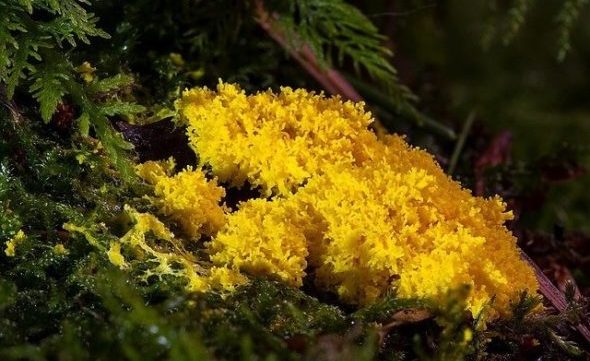
There are many single-celled microbes that are eukaryotes (the same domain that plants and animals belong to). Protozoa and algae are informal groups, sharing characteristics rather than being closely related genetically with a common ancestor. Slime moulds are also an informal group of eukaryotic single-celled microbes, some of which can form multicellular structures up to several square meters. Oomycetes, often known as water moulds are another group and includes the microbe that causes potato blight, Phytophthora infestans.
Lichens are composite organisms, and consist of a fungus and one or more species of algae or cyanobacteria. The microbes live in symbiosis, and are often found on rocks and tree bark. Lichens are sometimes used as indicator species for pollution because they are sensitive to the presence of sulphur dioxide in the air. Scientist often use them to determine how clean the air is in a specific location by recording the number of lichen species. If you see lots of bushy lichens it means that the air is very clean.
A prion is a protein that triggers proteins in the brain to fold differently, causing damage and disease in animals and humans. Unlike other microbes prions contain no genetic material and are not considered to be a life form. Prion diseases are also known as transmissible spongiform encephalopathies and include scrapie in sheep and bovine spongiform encephalitis (BSE) in cattle.
